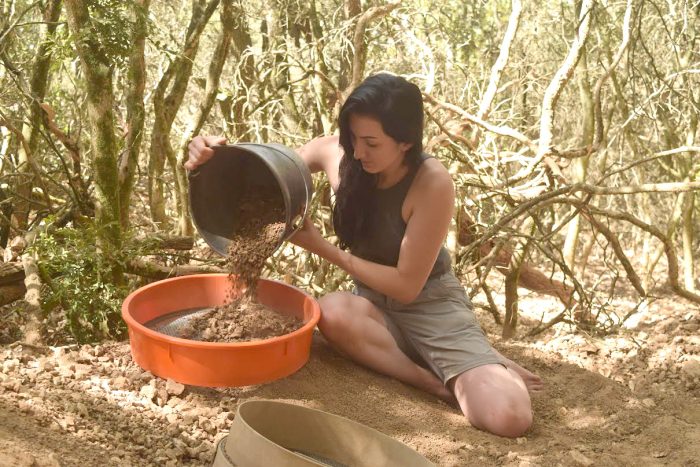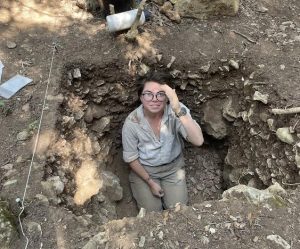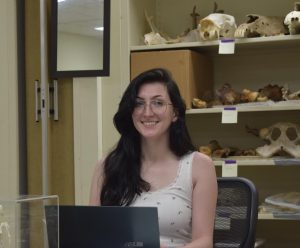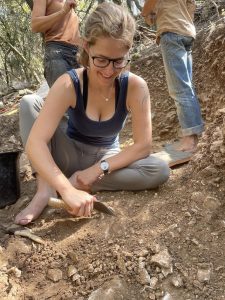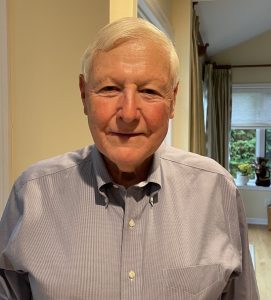By Daniel Dunaief

Generally, we don’t need distractions. We’re distracted enough, what with our electronic devices allowing us to check the weather in Albany during a storm, the latest trends on social media, the minute-to-minute value of our investments, and the world of sports news and scores.
And yet, there are those times when we desperately need a distraction. Our boss, for example, might ask about a project for which we’ve done almost no work and that we promised to work on last week, but that we didn’t get to because we were, well, distracted by other things.
Everyone likely has their own bag of go-to distractions that they turn to in moments when they need to deflect or distract someone just long enough for a meeting to end, a temper tantrum to subside, or an anxiety to abate.
I often start with almost factual information. By getting a sensational and exciting story almost correct, I trigger people to check their own phones to see if they can prove me wrong about some detail that isn’t as important as recognizing some bigger problem, like not getting an assignment done.
This phone check also tends to pull people’s minds into their electronic devices, where they might see text messages that need attention, a picture of their dog that reminds them of an upcoming trip to the vet, or some other big news that will divert their attention away from my almost factual statement and whatever other subject I’m trying to avoid.
Then, there’s always passion. I’m a generally level-headed person who stays calm, even when discussing subjects that are near and dear to me. Dialing up the passion, like changing the decibel level in a soft song with a message, can be distracting and effective. “I can’t believe the spectacular sportsmanship that women’s softball team displayed when they carried the player from the other team around the infield so she could touch all the bases after she fell. I’m so inspired.”
That, of course, also encourages people to dive back into their phones. Most of the time, that is effective unless the phone reminds them of whatever I’m trying to avoid, in which case, I turn to other methods.
Reverently appreciating silence is also an effective method. It’s the slow-down-so-we-can-think moment. Staring off into the distance, putting up a finger as if I’m coming up with some great idea, and then thanking that person for giving me that time can often alter the trajectory of a meeting.
Once the silence ends, I slowly offer an awed appreciation for the value of time and space, an admiration for nature, or anything else that suggests a depth that counterbalances my ineffective presentation.
Poignant anecdotes or even effective and dramatic metaphors, if given the opportunity to share them, can also suggest that I’m capable of deep thoughts, even if I haven’t had any related to the incomplete assignment.
Then, of course, there’s the Socratic method. Someone asks me something about an assignment, and I lean into it, asking a wide range of questions about the assignment, its direction, our target audience, and opportunities to build on it.
The answers to those questions sometimes reveal more about the expectations.
I never pretend to have a stomachache. I know people do that, but I get stomachaches often enough that I wouldn’t even pretend to have one, lest my system decided to oblige me and turn my charade into an afternoon of discomfort.
In a pinch, I metaphorically beat up on myself, suggesting how I could have done better on this and that I am disappointed in the pace at which I’m completing this project. It’s hard to beat up on someone who has already accepted responsibility and is eager to make amends.






 Welcome to the 15th edition of Paw Prints, a monthly column for animal lovers dedicated to helping shelter pets find their furever home!
Welcome to the 15th edition of Paw Prints, a monthly column for animal lovers dedicated to helping shelter pets find their furever home!


 Meet Rocket and Quinn
Meet Rocket and Quinn
